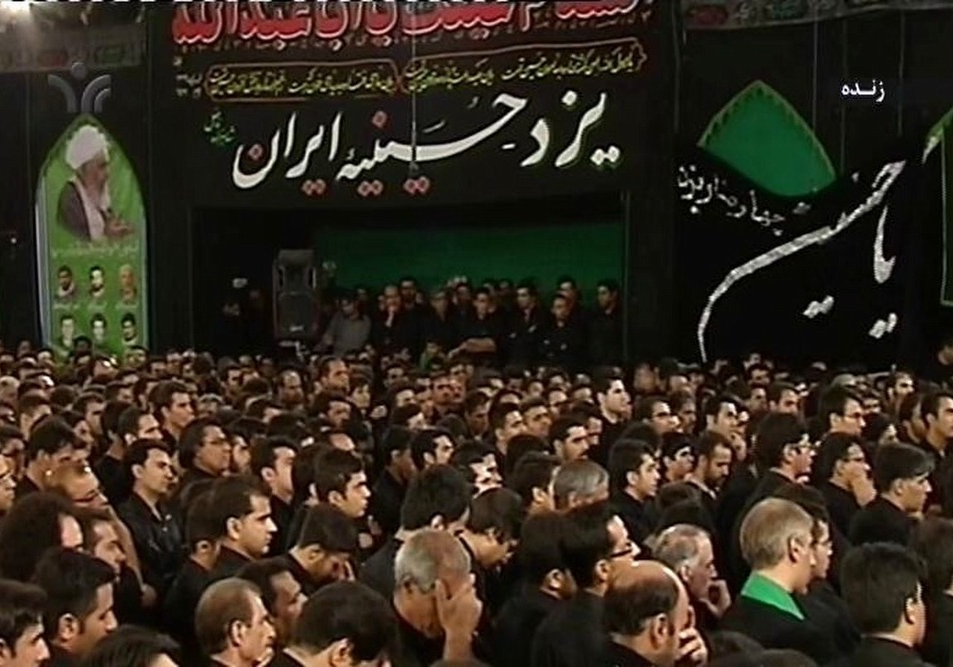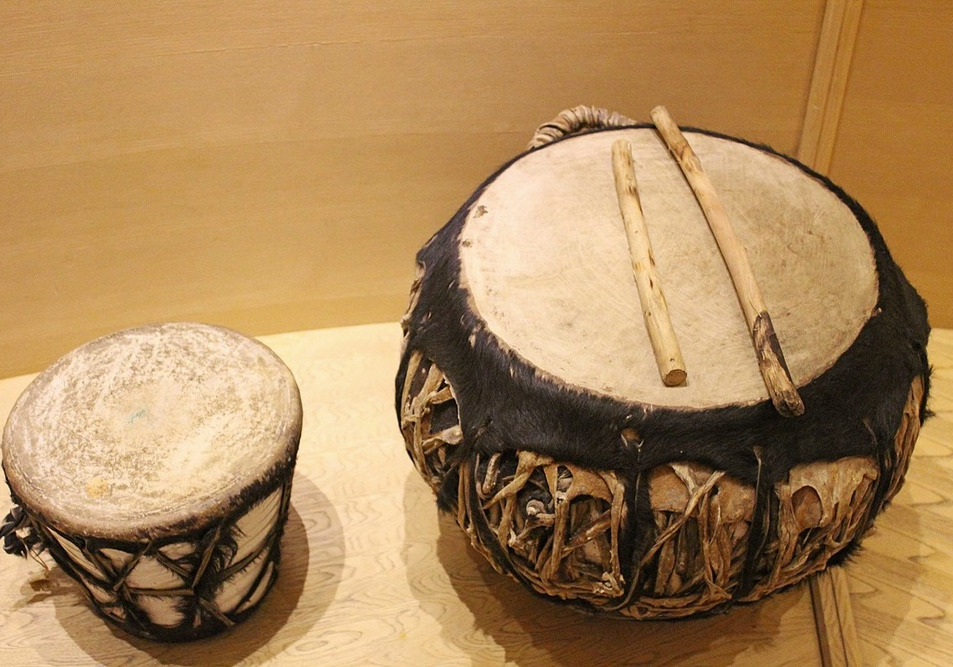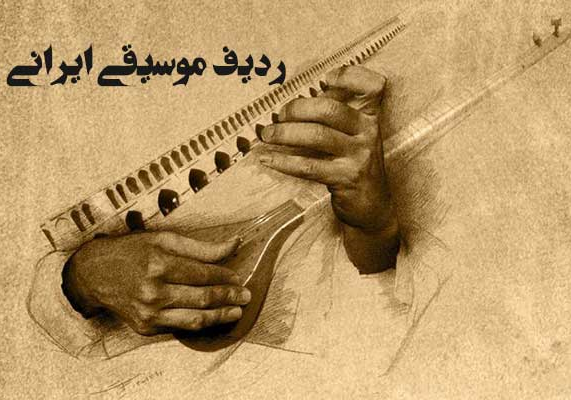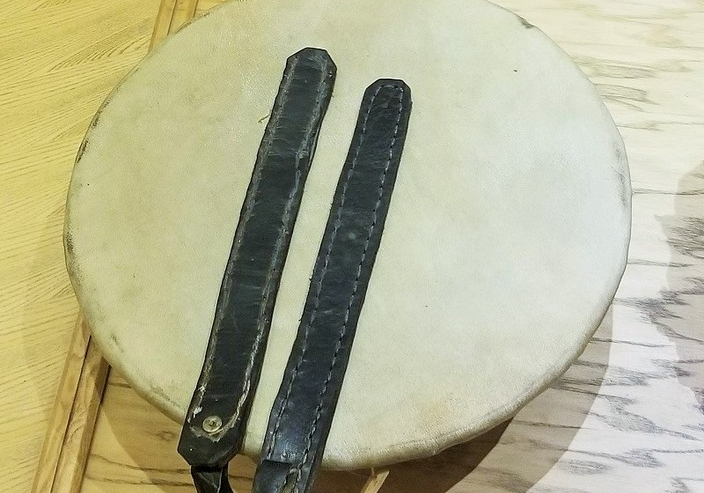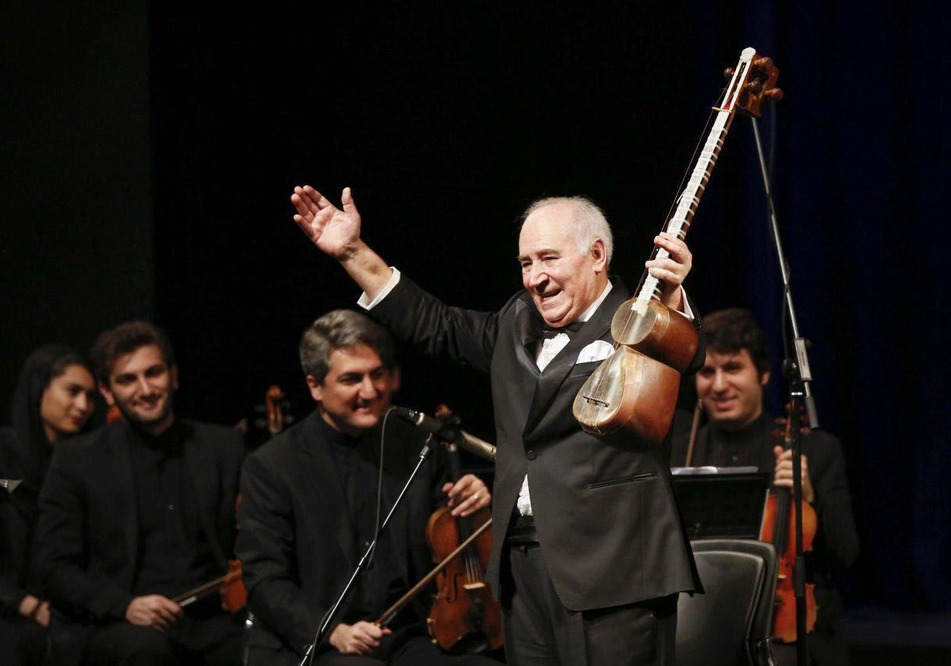
Qopuz
Qopuz
Qopuz or Chegur is one of the main instruments of Ashiq musicians, which is very popular among the Azari-speaking regions of northeastern Iran and any part of Iran where there is an Azari-speaking community. In some other places, such as Türkiye, there is a similar instrument called “Baghlar”.
Ashiqs are the most important musical artists of Azarbaijan who narrate romantic stories in their performances and are considered to be the guardians of the tradition and art of this region. Since improvisation plays an important role among Ashiqs, they are usually considered creative people. They are so respected by the Azari-speaking people that they are considered the trustees of the community and are consulted by their people. At times they are also called friends and brothers of the Prophet of Islam (PBUH).
The Shape and Features of Qopuz
Qopuz is a stringed instrument and like dotar and tanbur, the two other instruments that are of interest in the folk music of some regions of Iran, this instrument also has a pear-shaped body and a handle attached to it. Like in other string instruments, Qopuz notes are usually created by plucking or strumming the strings and placing a finger on the parts of the strings on the handle.
Some Ashiq musicians use a hollow handle for their Qopuz and put small beads or flakes in it so that more sounds can be produced by shaking the handle while playing. This type of Qopuz is called “Dehzar”, which means a narrow passage. Using hollow handles reduces the weight of the instrument and makes it easier to carry it for itinerant singers who always carry their instrument with them and attend various gatherings.
In order to have better control over the gatherings and create more passion in them, the Ashiqs usually move during the performance, and at times they do the whole performance while walking. In such programs, they attach their instruments to their waist, with the help of a belt so that its weight does not tire them.
Even though Qopuz is considered a local instrument, the way it is played is of interest to Iranian musicians, and for this reason, this instrument is mentioned in books on classical and modern music.
Historical Background of Qopuz
Some experts consider Qopuz to be a very old instrument and perhaps the oldest man-made instrument and believe that it was made and played in the fifth millennium BC. Nevertheless, even if this theory is not accepted, there is no doubt that Qopuz is an old instrument, and its longevity dates back to before the emergence of Ashiqi tradition.
The Custom of Making Qopuz
In the past, due to the fact that the number 9 was respected among the Azari people and had a kind of sanctity, Qopuz was made with a main body of 9 parts, 9 strings, and 9 frets. Today, however, they do not necessarily follow this rule, and usually, the frets are 13 or 16, the main body is made of 11 or 13 parts, and the number of strings has also been reduced to seven or eight. In the past, the upper plate of the main body of the instrument was made of three pieces, but today it is usually made in one piece.
The plectrum used for playing Qopuz was made of cherry wood in the past, but today it is usually made of plastic. Certain designs are engraved on Qopuz, which is an expression of the taste and artistry of the makers. For further decoration, shell work in the form of flowers and plants, miniature images, and calligraphy are also used. Some Ashiqs also engrave their own image on the instrument.
The Size of Qopuz
There are three different sizes for making Qopuz. They include “Ana-saz”, which is used by professional and veteran Ashiqs, “Jure-saz”, which is for teenagers and young people, and “Tavar-saz”, which is usually used by women.
Qopuz or Chegur is one of the main instruments of Ashiq musicians, which is very popular among the Azari-speaking regions of northeastern Iran and any part of Iran where there is an Azari-speaking community.
| Name | Qopuz |
| Country | Iran |
| Type | String |
| Works | folk music |
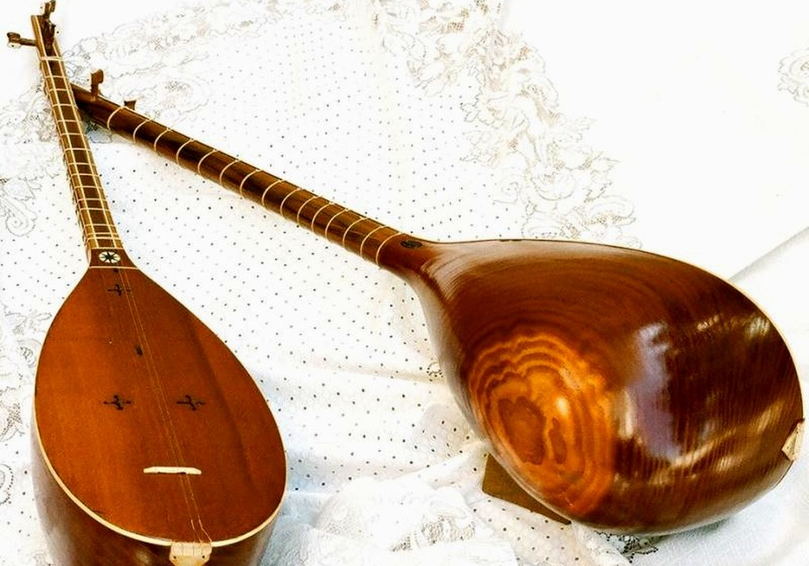
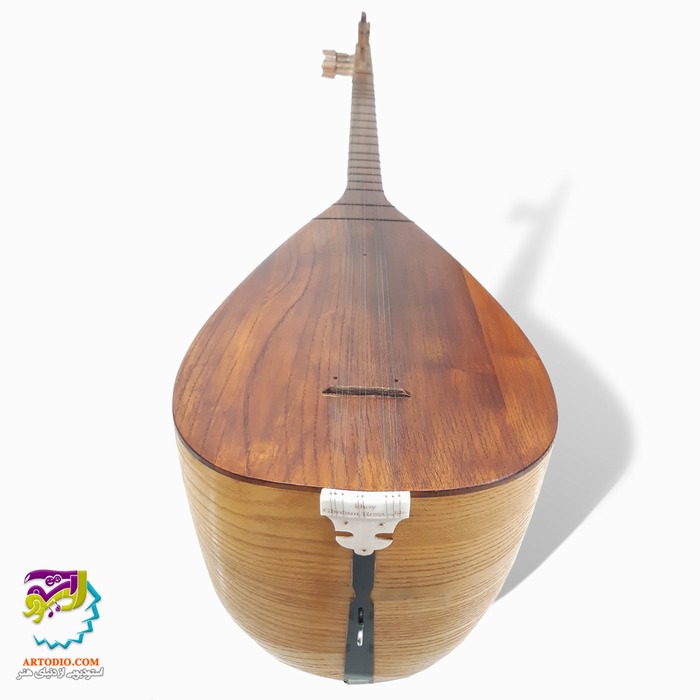
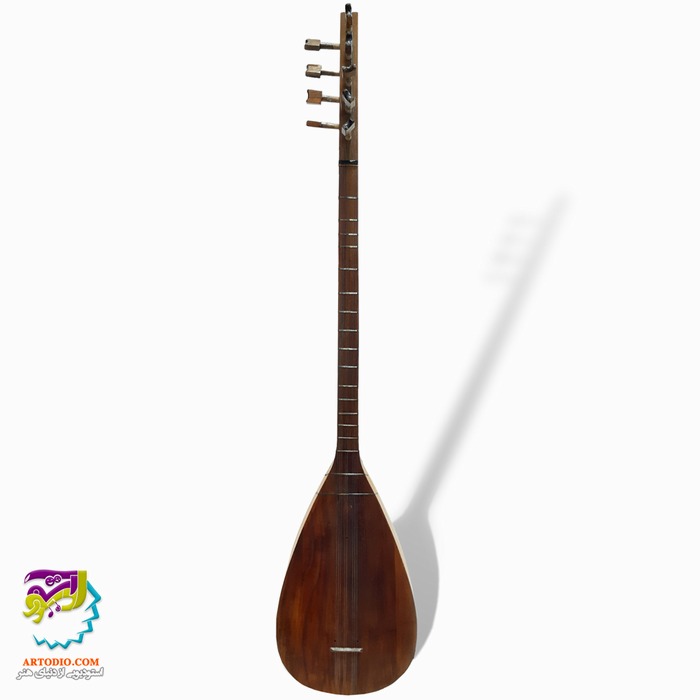



Choose blindless
Red blindless Green blindless Blue blindless Red hard to see Green hard to see Blue hard to see Monochrome Special MonochromeFont size change:
Change word spacing:
Change line height:
Change mouse type:
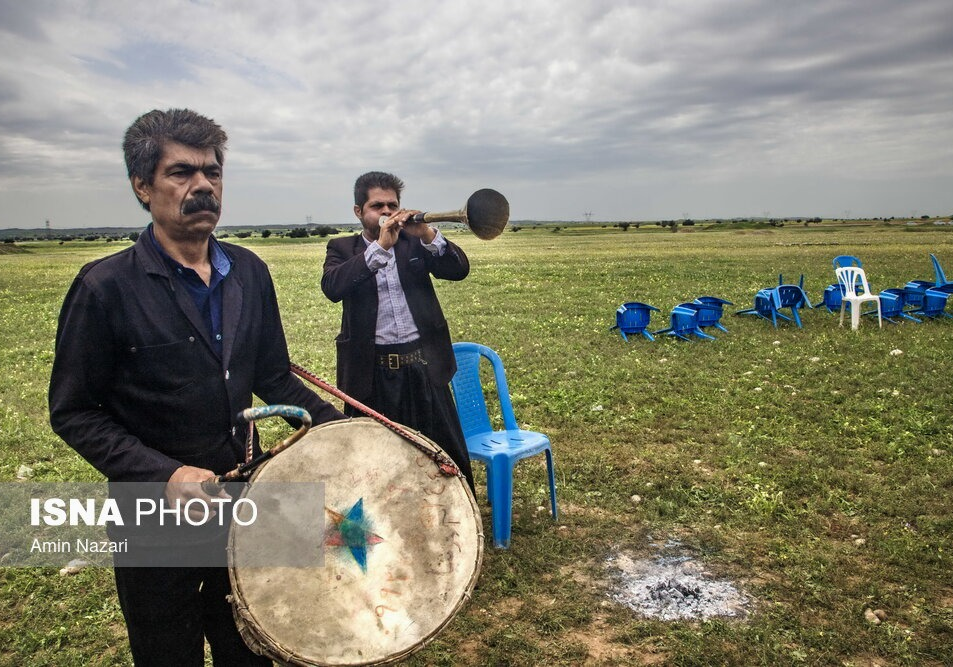
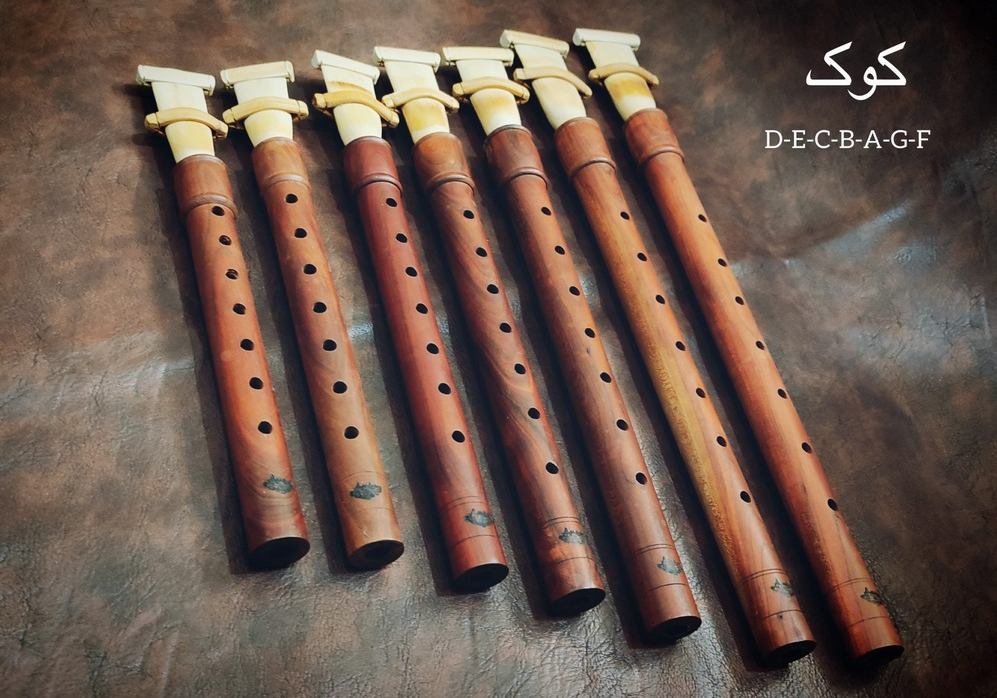

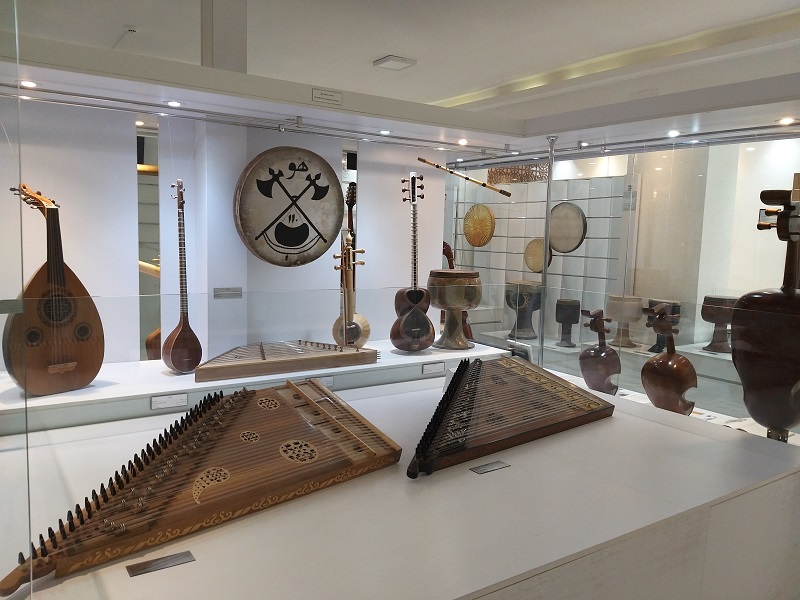
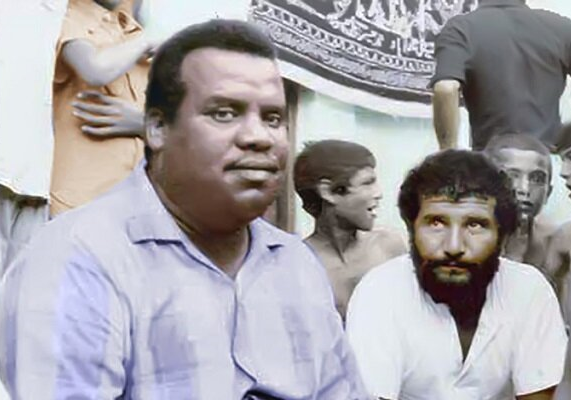

.jpg)
